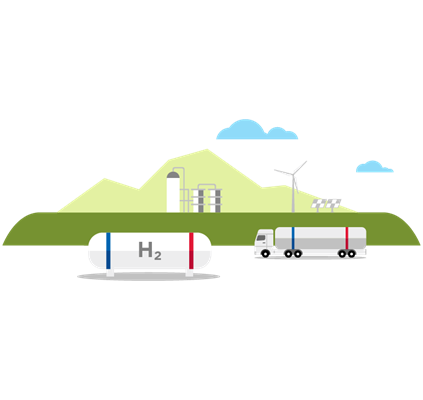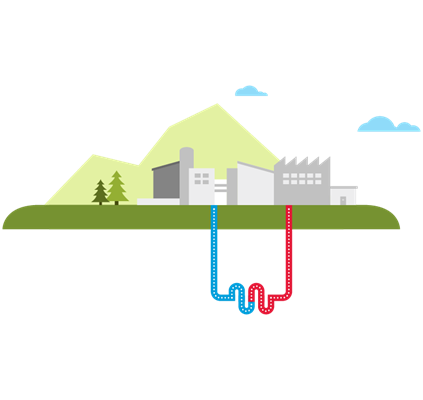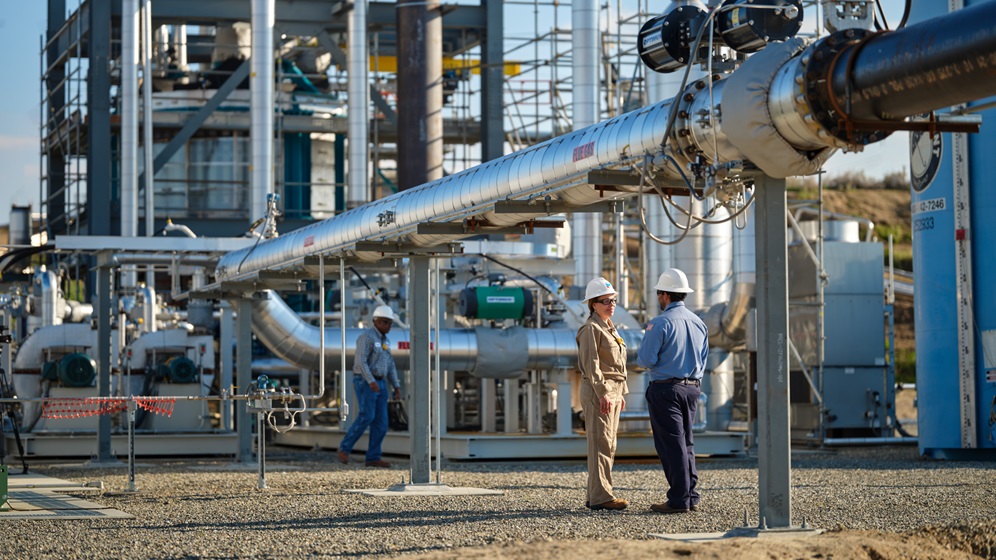our operations
new technologies speed offshore development
read more
what we do
designing the facilities and operations of tomorrow




scouting at the edge of innovation

building a resilient energy system
our operations
read more
our operations
read more
our operations
read more
improved recovery
read more
improved recovery
read more
improved recovery
read more
improved recovery
read more
improved recovery
read more
improved recovery
read more
improved recovery
read more